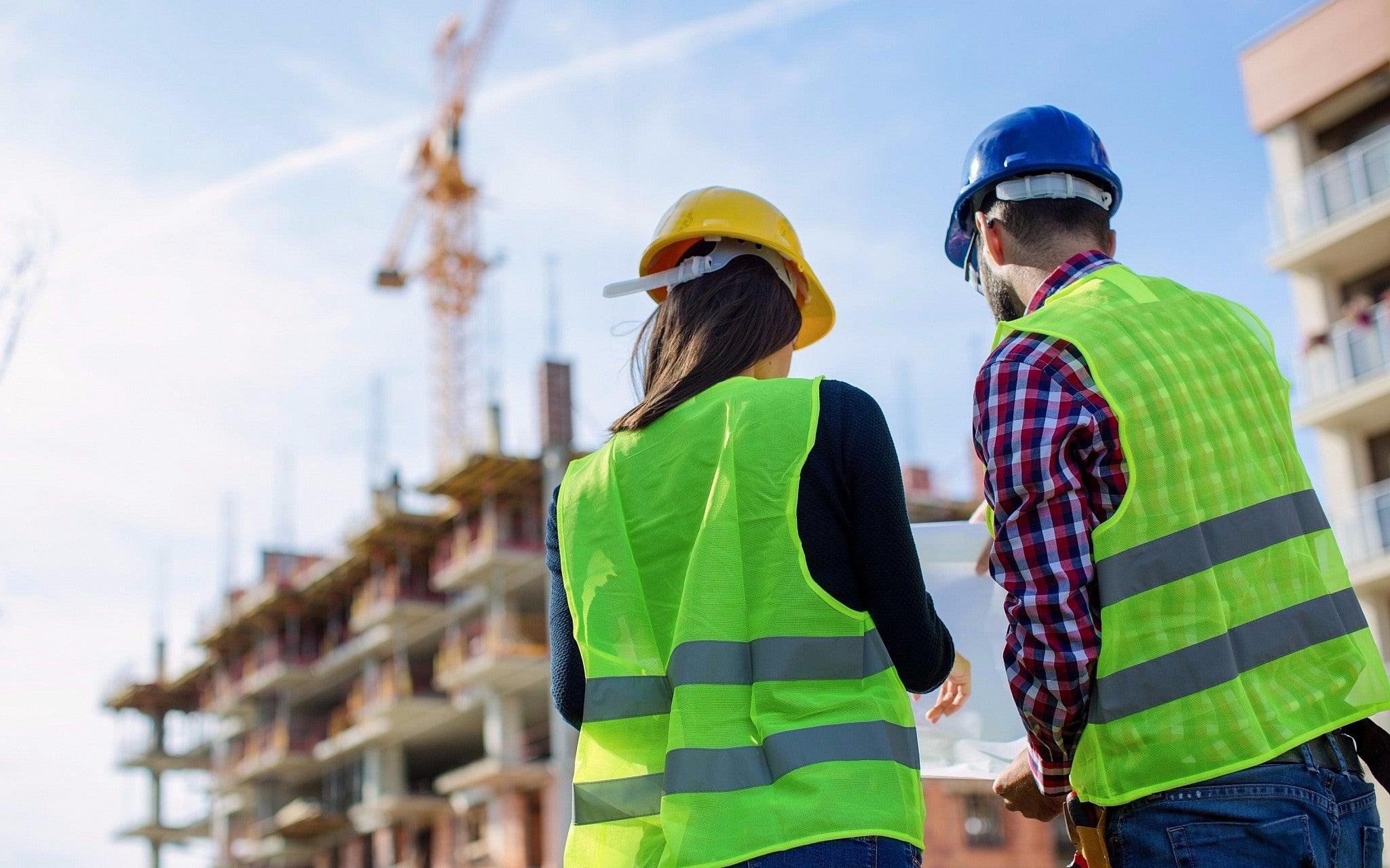Introduction
Each day, thousands of traffic workers step onto busy roads to manage and maintain the smooth flow of vehicles, repair infrastructure, or guide pedestrians. While their work ensures public safety and order, it also places them in constant proximity to speeding vehicles, poor weather conditions, and low visibility environments. In such high-risk settings, the right gear isn’t just recommended, it’s essential.Among the many pieces of protective clothing, safety jackets stand out as one of the most critical components. These fluorescent, reflective garments play a major role in ensuring traffic workers are seen, protected, and able to perform their duties effectively. This blog takes you through a typical day in the life of a road worker, highlighting how such gear shields them from daily hazards.
Heading 1: The Morning Shift – Visibility at Daybreak
For many road workers, the day begins before sunrise. Whether it’s painting lane lines, setting up barricades, or inspecting road conditions, early morning hours often pose one major challenge: limited visibility. Natural light is minimal, and headlights from approaching vehicles can cast uneven illumination, making workers hard to spot.
This is where high-visibility gear comes into play. Fluorescent colors such as neon yellow, orange, and lime green are used in traffic workwear to ensure workers stand out even in low-light conditions. The bright hues absorb ultraviolet light from the environment and re-emit it, making them appear to “glow” in daylight.
Most high-quality jackets are made with retroreflective strips sewn across the chest, arms, and back. These strips bounce light back to its source, usually car headlights, ensuring workers are seen from a distance. This is especially critical on highways or curved roads where vehicles approach quickly and reaction time is short.
In this phase of the day, visibility saves lives. A simple glance from a driver spotting a fluorescent jacket can mean avoiding a tragedy.
Heading 2: Afternoon Duties – Weather, Dust, and Movement
As the day progresses, visibility improves, but new challenges arise. Traffic workers often deal with excessive heat, shifting weather conditions, dust from construction, and flying debris. Tasks may include operating heavy equipment, replacing road signs, repairing potholes, or assisting with detours.
Modern protective jackets are designed with multiple features to address these challenges:
- Breathable Mesh Fabrics: To combat heat, many road workers wear mesh-paneled jackets that allow for airflow while still maintaining reflective visibility. This helps reduce heat exhaustion and keeps the worker comfortable.
- Waterproof and Windproof Layers: Unexpected weather changes can occur at any time. Rain or strong winds not only make the job more difficult but also reduce visibility. Jackets made of water-resistant and wind-blocking materials keep the worker dry and insulated, allowing them to concentrate on their job.
- Durability and Freedom of Movement: Since traffic duties involve bending, lifting, and stretching, jackets are designed to offer flexibility without tearing or becoming cumbersome. Lightweight yet durable materials are key, ensuring that the garment moves with the body and not against it.
By providing protection against elements and ensuring the workers’ comfort, these jackets become more than just a visibility tool, they are an all-weather, full-day companion.
On-Duty Hazards and Safety Gear Synergy
It’s not just about being seen, it’s also about protection. Road workers face more than just passing cars. There are chemical spills, electrical work, sharp objects, and high-decibel environments. That’s why safety jackets are often used in tandem with other essential protective gear such as:
- Hard hats for impact protection
- Ear protection in noisy construction zones
- Gloves and steel-toed boots for hand and foot safety
- Reflective trousers or overalls for full-body visibility
Together, this ensemble acts as a shield, both visual and physical, against the unpredictable nature of road work. Whether it’s a speeding car swerving dangerously close, a gust of dust from a passing truck, or a sudden downpour, a worker’s safety often hinges on these layers of protection.
Conclusion
Traffic workers are the silent guardians of our roadways. They brave noise, pollution, and high-speed danger to keep traffic flowing, roads functional, and people safe. Their daily grind may seem routine to an outsider, but it’s anything but.
Among all the tools they rely on, safety jackets remain one of the most indispensable. These garments combine high-visibility design with practical protection, ensuring workers are noticed when it matters most and protected when the job gets tough.
As infrastructure demands grow and cities expand, the need to protect those who maintain our roads becomes even more crucial. For employers and safety officers, investing in certified, durable, and comfortable safety apparel isn’t just about ticking compliance boxes, it’s about honoring the value of human life.
Because at the end of the day, when the signs are packed, cones are stored, and the roads are clear, every traffic worker deserves to return home safe, and a high-quality safety jacket plays a big part in making that happen.
.


